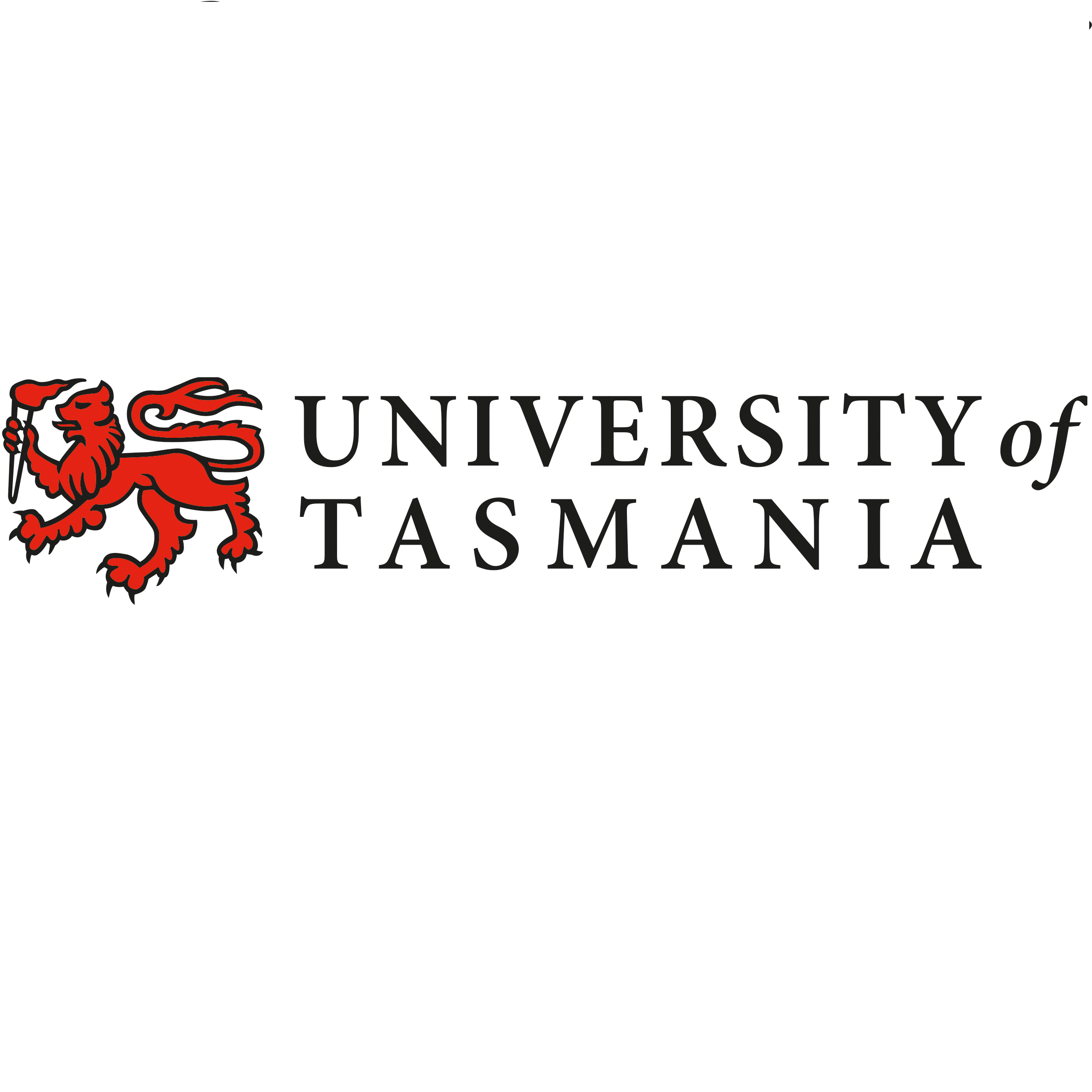Full description
The South China Sea (SCS) is the most important source of water vapor for the East Asian monsoon (EAM). Late Cenozoic (~34–30 Ma) opening of the SCS likely contributed significantly to the establishment of a strong, modern-like EAM at ~25 Ma per climate sensitivity studies. However, the importance of SCS tectonics in contributing to the evolution of the EAM has been neglected due to the temporal mismatch between both events (5–9 million years). Here, we investigate the bathymetric, sedimentary and oceanographic evolution of the SCS basin by combining Sr-Nd isotopic analyses of rift- to drift sediments from recent ocean drilling expeditions, high-resolution paleobathymetry reconstructions and ocean circulation simulations of this crucial time period. We show that the transition from fluvial, to shallow- and deep-marine environment in the SCS and its opening to the Pacific Ocean occurred well after the onset of seafloor spreading. We highlight a rapid (<1 myr), “flooding” event of Pacific bottom waters entering the young SCS through the narrow Luzon Strait between 25.5–24.5 Ma, coinciding with the strengthening EAM pattern. This shift is underscored by isotopic analysis of detrital fractions which suggest a change in provenance from local sources to inland China deserts and Loess signal shortly before ~25.5 Ma, likely transported as eolian dust by intensifying winter monsoon winds. Tectonic-driven rapid Pacific flooding likely increased the east-west humidity gradient between land and sea and contributed to the establishment of a modern-like, strong EAM at 25 Ma.Lineage
Maintenance and Update Frequency: notPlannedNotes
CreditLE160100067
Discovery Project 180102280
P2LAP2_171819
Data time period: 2021-03-23 to 2050-03-23
text: westlimit=95.5933233564; southlimit=1.04421099798; eastlimit=129.167542106; northlimit=26.1823493809
User Contributed Tags
Login to tag this record with meaningful keywords to make it easier to discover
(DATA ACCESS - download files via IMAS THREDDS server)
uri :
https://thredds.imas.utas.edu.au/thredds/catalog/IMAS/ISauermilch_Pacific_Inflow/catalog.html![]()
- DOI : 10.25959/5MCP-9G14

- global : 31b47b74-2ef2-4552-8c44-a87b18891388


